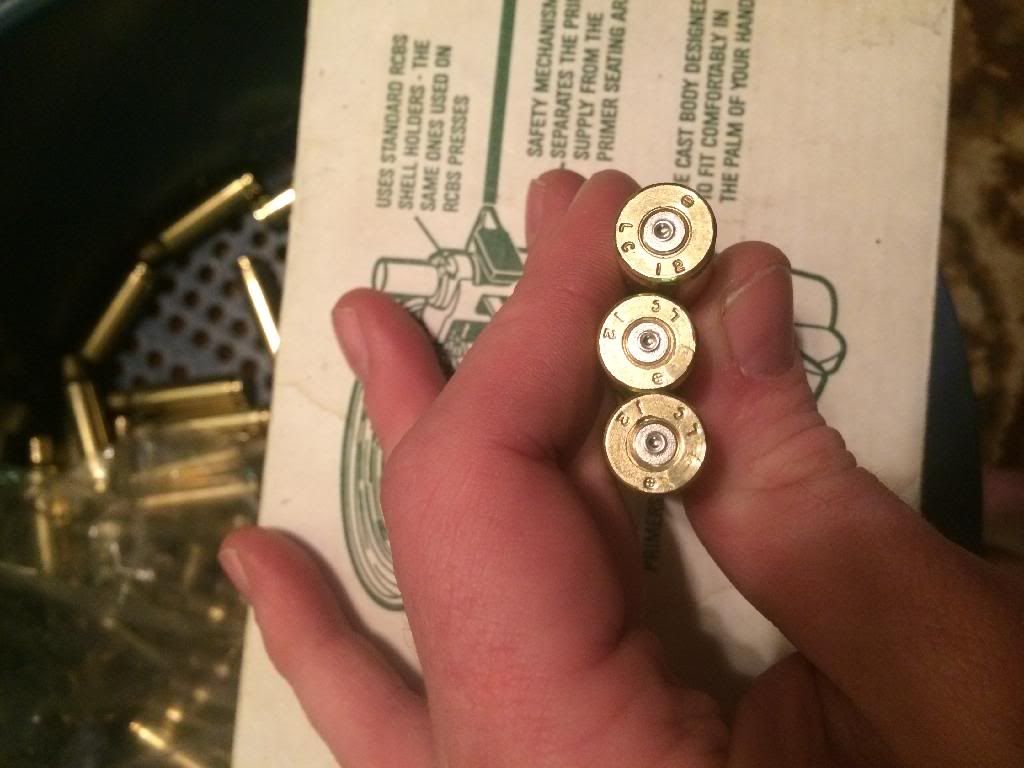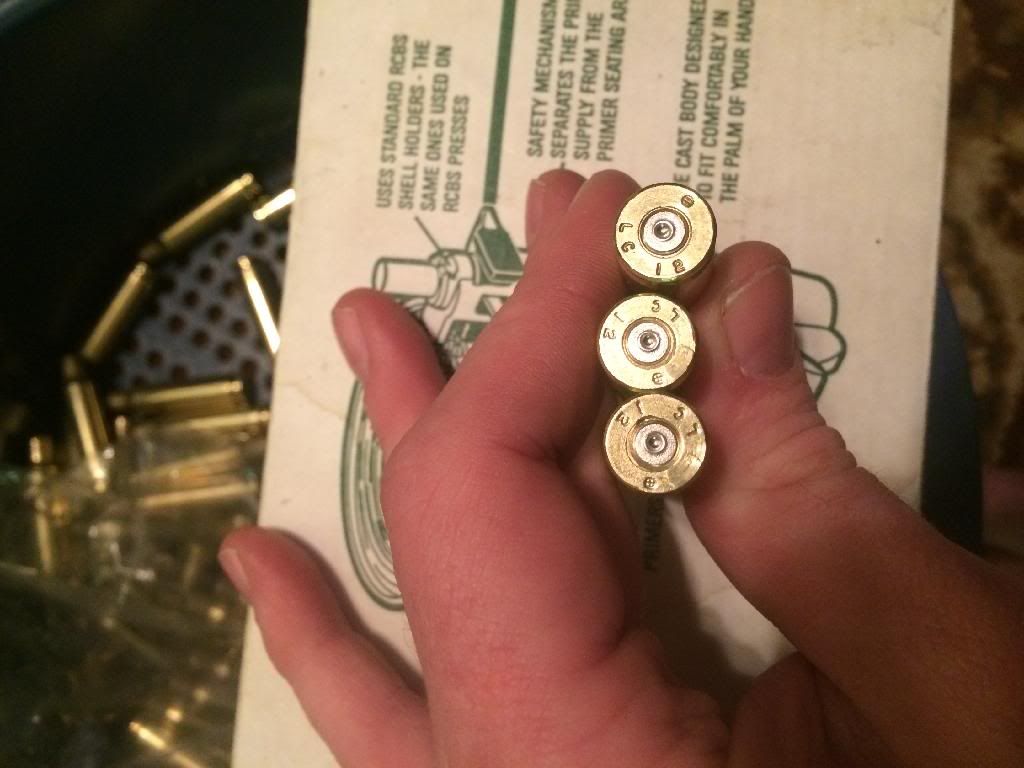On your bottom two cases you can see that the brass was just starting to flow into the ejector which indicates high pressure. The bolt face on the 700 has a beveled firing pin hole, so the primer flowing into the bolt face is normal.
Below is Quick load data, Lake City 7.62 cases have 2.0 grains less case capacity than commercial cases and you have to adjust for this with loading manual data.
Standard commercial case, 44.5 grains of Varget, 60,161 psi chamber pressure.
(max rated chamber pressure 60,191 psi)
Lake City case, 44.5 grains of Varget, 66,234 psi chamber pressure.
(and over max pressure by 6,043 psi)
NOTE: Military Lake City cases are also harder in the base than commercial cases are and the ejector mark on the base of the case indicates much higher pressure than would normally be assumed)
Question, where did you buy or get the Lake City cases?
The reason I ask is Federal loads 7.62 ammunition with LC marked cases that failed quality control inspection at Lake City. These cases can fail for weight/volume, hardness, case wall uniformity, etc.
Weigh your three cases pictured and check case capacity in grains of H2O and you might find your problem. The top case in your photo does not show signs of brass flowing into the ejector, this case should have more case capacity or the base is harder.
Duplicating NATO cartridges (cloning)
M118 7.62 mm Special Ball LR, 175 Sierra MK bullet, 2580±30 fps, 42.5 grs. of Varget, LC cases







